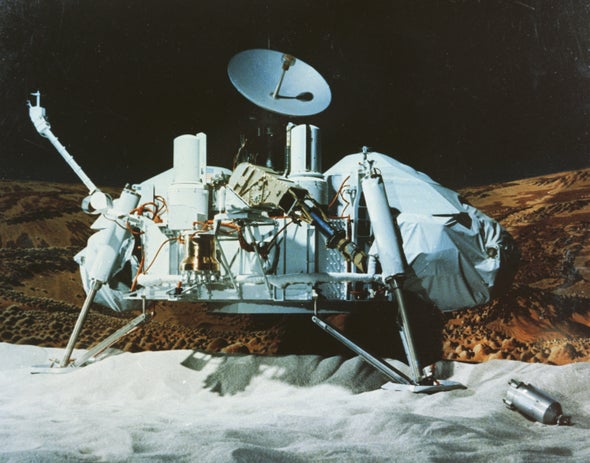This is Scientific American's 60-second Science, I'm Christine Herman.
(CLIP: "Houston, Tranquility Base here. The Eagle has landed.")
July 20 marks 50 years since human beings first landed on the moon. That momentous day in 1969 made astronauts Neil Armstrong and Buzz Aldrin household names. But years before that, a lesser-known figure was on a mission to make that first moon landing possible.
His name was John Houbolt. The son of Dutch immigrants, Houbolt grew up on a farm in Joliet, Ill. He studied engineering at the University of Illinois and eventually worked his way to NASA.
It was there, in the early 1960s, that he put his career on the line to champion what was, at the time, an unpopular idea—but would ultimately be critical to getting Apollo 11 to the moon and safely back.
"John faced a mixture of indifference, at times, abuse and, at times, ridicule that he never forgot until things started to change, and engineers started to realize his data might be right." Todd Zwillich, author of the new Audible Original spoken-word book about Houbolt's life. It's called The Man Who Knew the Way to the Moon.

So what was Houbolt's unpopular idea? He championed what's called lunar orbit rendezvous. The concept involves sending a spacecraft into orbit around the moon—and from there, sending only a small, lightweight craft down to the moon's surface, instead of the entire ship.
Zwillich says while Houbolt didn't invent the idea, he was the one who started to apply it to the technologies that were within NASA's grasp at the time.
"Most of the people who know the most about this mission feel that without lunar orbit rendezvous, Apollo couldn't have succeeded. And without John Houbolt, you probably would not have had lunar orbit rendezvous."
Zwillich's book also explores the kinds of challenges NASA engineers face today, as they make plans to get back to the moon and, ultimately, to Mars.
"When you talk about Mars, gosh, 150 million miles, orders of magnitude of a bigger problem. Do we do some form of Martian orbit rendezvous? Do we send a station, build a station in Martian orbit that we can stage down to the surface to manage all that mass? A lot of problems to think about."
Those problems, he says, create plenty of debates today. With the story of John Houbolt as an example, something considered highly unlikely now might be the key to eventually putting people on the Red Planet.
Thanks for listening for Scientific American — 60-Second Science. I'm Christine Herman.











